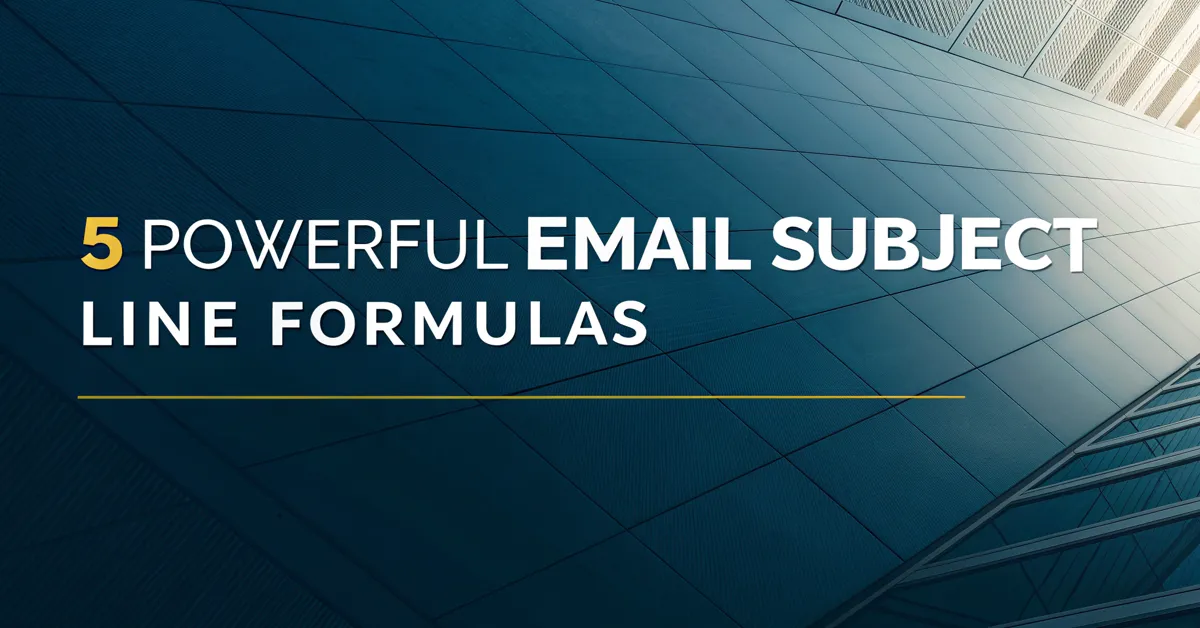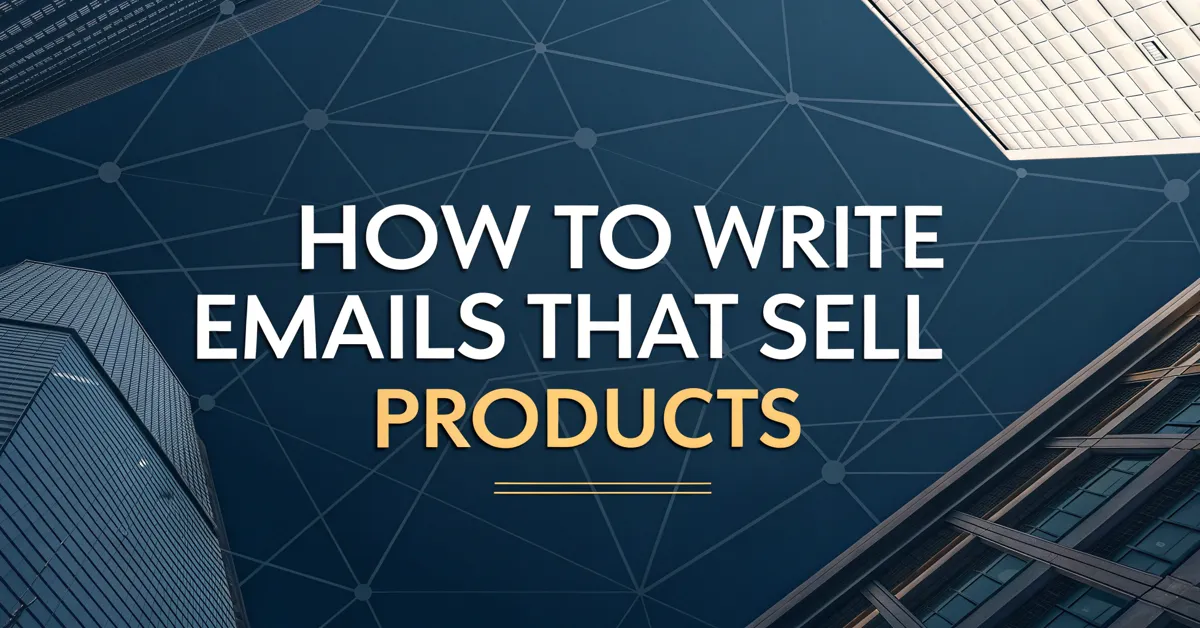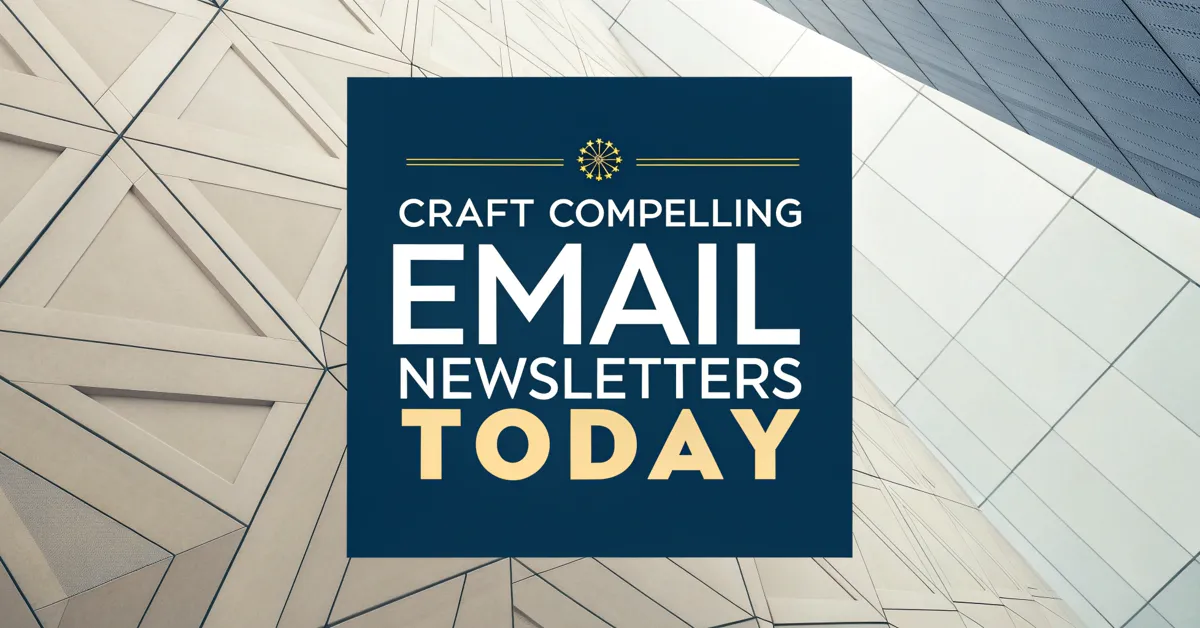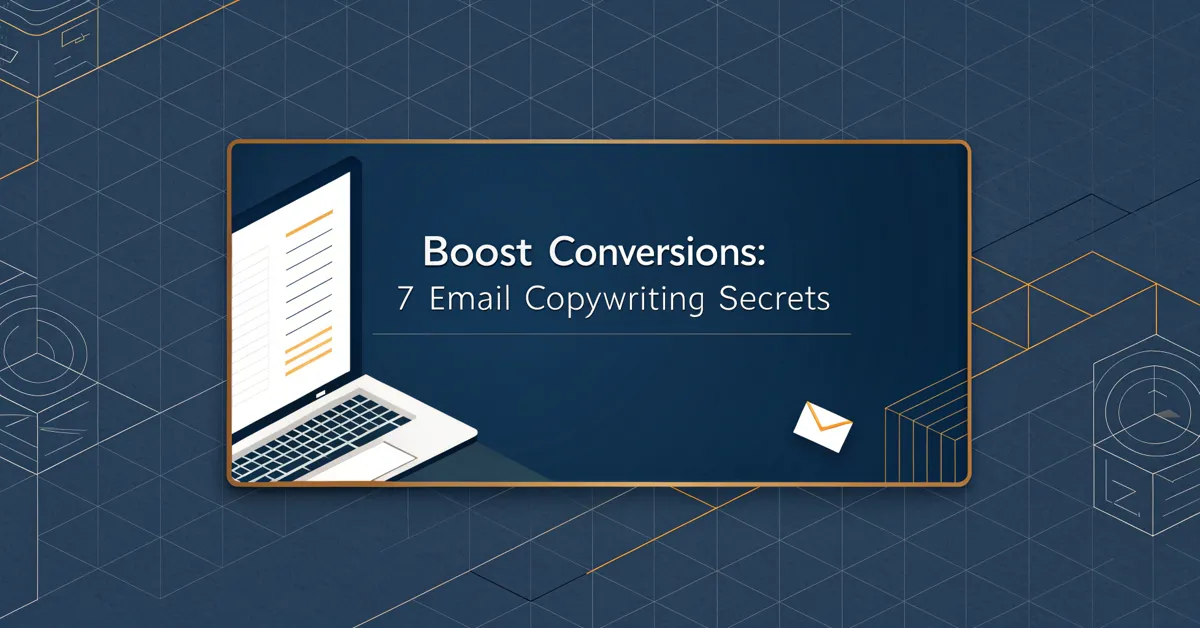Struggling to get your emails noticed in crowded inboxes? You pour your heart into crafting the perfect message, but if your subject line falls flat, it’s all for nothing. The truth is, a weak subject line is like a locked door—it keeps people from ever seeing the valuable content inside. But, what if there was a way to unlock better engagement? Fortunately, there is, with powerful email subject line formulas.
These formulas aren’t about trickery; they’re about using proven structures to grab attention and spark curiosity. They help you cut through the noise and connect with your audience. In this article, you’ll discover 5 email subject line formulas that can elevate your open rates and boost your email marketing performance. No more guessing, just tested strategies you can use right away.
What Are Email Subject Line Formulas?
An email subject line formula is a pre-designed structure you can follow when crafting subject lines for your email campaigns. Think of them as blueprints or templates. They offer a starting point, a framework for expressing your email’s purpose in a concise and captivating manner.
While there’s no magic set of words that works every single time, subject line formulas help remove the guesswork. They are rooted in the psychology of communication. They tap into what makes people curious, intrigued, or motivated to act. It’s about using patterns of language that are more likely to prompt an action, namely opening an email.
Subject line formulas are not meant to be rigid rules. They should be used as a base, something to tweak and adjust to fit your brand, your tone, and your message. Here’s why you should consider using them:
-
They Save Time: Instead of staring at a blank page, struggling to come up with something catchy, you have a structure. This cuts down on the time spent crafting email subject lines.
-
They Provide Consistency: Formulas offer a repeatable process. This leads to consistency across your campaigns. This helps build trust with your audience.
-
They Increase Open Rates: When used well, formulas can create a sense of urgency, curiosity, or value. This encourages recipients to open your emails.
-
They Drive Results: Improved open rates mean more people are reading your content. This translates to increased engagement, click-throughs, and ultimately, better results.
-
They Boost Creativity: Formulas may seem like they stifle creativity. But they can actually push you to think differently, forcing you to be clever within the set parameters.
Why Are Subject Lines Important in Email Marketing?
Subject lines are the first (and often the only) impression your email makes. They’re the gatekeepers to your content. A strong subject line is like an intriguing book cover—it makes you want to open it up and see what’s inside. A weak subject line? Well, that’s like a door that people walk past without a second glance.
Consider these stats from the email marketing service, Constant Contact:
- 47% of email recipients open emails based solely on the subject line.
- 69% of email recipients report email as spam based solely on the subject line.
Those numbers don’t lie. Subject lines can make or break your email campaigns. They are that important.
Here’s why they matter so much:
-
Grabbing Attention: In today’s world, inboxes are packed. People skim through their emails quickly, so your subject line needs to stand out to get noticed.
-
Setting Expectations: A good subject line should tell recipients what to expect. You need to be clear about the content that’s inside. This also prevents your email from being marked as spam.
-
Building Trust: Using consistent language and brand voice in your subject lines can create a sense of trust. When people know what to expect, they are more likely to open your emails.
-
Encouraging Action: Subject lines that highlight value or urgency encourage action. A well-crafted subject line will prompt people to engage with your content and click through.
-
Improving Open Rates: Open rates are a key metric in email marketing. Subject lines play a critical role. A higher open rate means your message is reaching more people and achieving your goals.
In short, crafting effective subject lines is not an option—it’s essential. Using email subject line formulas is a way to improve your chances of success.
What Makes an Effective Email Subject Line?
There are some key things that contribute to an effective subject line. These attributes are what you’ll want to include in your emails.
-
Clarity: The best subject lines are clear. People should know what the email is about at first glance.
-
Relevance: The subject line should match the content of the email. Misleading subject lines can harm your trust and reputation.
-
Urgency: Creating a sense of urgency can increase open rates. Words like “limited time” or “last chance” can prompt people to act fast.
-
Curiosity: Asking a question or hinting at valuable information can spark curiosity. This motivates people to open your email.
-
Personalization: Using a recipient’s name or other personal information can get their attention. It shows that you’re not sending out generic emails.
-
Value: Your subject line should show the value that the reader will get from your email. Showing people what’s in it for them is key.
-
Brevity: Keep your subject line short and to the point. Long subject lines get cut off. Especially on mobile.
-
Action-Oriented: Using action words can help increase engagement. Words like “learn,” “discover,” or “get” can make your subject line more persuasive.
-
Avoid Spam Words: Some words can trigger spam filters. Avoid using words like “free” or “guarantee” as they might send your email straight to the junk folder.
-
Testing: It’s important to test different subject lines to see what works best for your audience. Testing and analysis are essential for improving your results.
Why Are Formulas Useful for Writing Subject Lines?
Formulas provide a structure to build upon. They can help address some of the issues mentioned above. That’s why using them is a good approach. Here’s a breakdown of how these templates can help you:
-
Overcoming Writer’s Block: Staring at a blank space can be daunting. Formulas offer a starting point that gets your creative juices flowing.
-
Improving Consistency: Formulas provide a framework. This helps maintain a consistent brand voice and messaging across email campaigns. This also helps readers know what to expect from your emails.
-
Enhancing Readability: Most formulas use simple and direct language. This makes it easier to scan and understand. They cut through any fluff or unnecessary words.
-
Boosting Engagement: Formulas draw on proven communication techniques. They often include elements like urgency, curiosity, and personalization. These can increase open rates and engagement.
-
Saving Time: Templates help you produce subject lines quickly. You don’t need to spend a lot of time from scratch for each email. This speeds up your campaign creation process.
-
Guiding Testing: Formulas provide clear variables. This makes it easier to test what works best with your audience. You can see how slight changes affect the results.
In short, formulas are tools for better email marketing. They provide structure, save time, and ultimately help you achieve your desired results.
5 Powerful Email Subject Line Formulas
Now that you understand the value of email subject line formulas, let’s explore some. Here are five of the most effective formulas that you can use:
1. The Number + Benefit Formula
Structure: [Number] + [Benefit]
What it is: This formula combines a specific number with a clear benefit to highlight value and make your subject line stand out. Numbers add a sense of concreteness. People like numbers, it’s not random, it has been tested and proven. Benefits show the reader what they will get from opening the email.
Why it works:
- Quantifies Value: The number shows a clear deliverable.
- Highlights Benefits: It focuses on the positive outcome for the reader.
- Grabs Attention: Numbers stand out in a line of text.
- Creates Curiosity: People will be curious about the benefits you offer.
Examples:
- “3 Ways to Boost Your Email Open Rates Today”
- “5 Simple Steps to Achieve Your Fitness Goals”
- “10 Secrets to Mastering Your Time Management”
- “7 Tools That Can Improve Your Workflow”
- “2 Techniques To Become A Better Leader”
Best For: List-based content, tips, guides, or any offer that can be quantified.
How to Adapt it:
- Vary Numbers: Experiment with different numbers. Some numbers tend to do better than others.
- Customize Benefits: Tailor the benefit to resonate with your audience.
- Add Urgency: Use words like “now” or “today” to add a sense of urgency.
- Test Different Versions: A/B test versions of this format.
2. The Question Formula
Structure: [Question]?
What it is: This simple formula uses a question to engage recipients. A good question sparks curiosity and makes them want to know the answer.
Why it works:
- Engages Curiosity: Questions naturally provoke the need to find answers.
- Creates Interest: A question directly involves the reader.
- Stimulates Thought: Good questions make people think.
- Encourages Interaction: This increases the likelihood they will open your email.
Examples:
- “Ready to Improve Your Sales Skills?”
- “Want to Know How to Save on Your Next Trip?”
- “Are You Making These Common Content Mistakes?”
- “Struggling To Find The Best Business Partner?”
- “What Will You Be When You Grow Up?”
Best For: Introducing problem-solving content, quizzes, or surveys.
How to Adapt it:
- Ask Relevant Questions: Make sure the question relates to your audience.
- Make it Intriguing: Avoid questions with simple yes/no answers.
- Use “You” Focused Language: Address your audience directly. This makes it feel personal.
- A/B Test Variations: Experiment to see which question performs the best.
3. The How To Formula
Structure: How to [Desired Outcome]
What it is: This formula offers a promise of a solution to a specific problem. People like guides. They want to know how to achieve their goals, solve problems, or learn new skills.
Why it works:
- Provides a Solution: This immediately shows the reader that the email offers something valuable.
- Offers Practical Advice: It promises actionable information.
- Addresses Needs: It speaks directly to the readers’ desires.
- Increases Engagement: People open emails that offer solutions.
Examples:
- “How to Write Compelling Email Subject Lines”
- “How to Get More Clients With Effective Marketing”
- “How to Organize Your Calendar For Better Time Management”
- “How to Cook The Perfect Turkey For Thanksgiving Dinner”
- “How to Find The Best Job In Your Area”
Best For: Tutorials, how-to guides, or any content that teaches a skill.
How to Adapt it:
- Highlight Specific Results: Make the “desired outcome” clear and measurable.
- Use Strong Verbs: Choose action-oriented verbs like “master” or “achieve”.
- Add a Sense of Urgency: Consider phrases like “in minutes” or “quickly.”
- Test Different Topics: Test how different topics perform.
4. The Curiosity Gap Formula
Structure: [Intriguing Statement]… [Implied Benefit]
What it is: This formula creates a “gap” in the reader’s knowledge. It leaves them wanting more information. It hints at a benefit without revealing everything.
Why it works:
- Sparks Curiosity: The reader is intrigued to know more.
- Leaves an Open Loop: It makes them want to close the gap.
- Builds Anticipation: This sets the tone of excitement for the email.
- Encourages Action: People will open your email to find out more.
Examples:
- “The Secret About Email Marketing…”
- “This One Mistake Can Ruin Your Career…”
- “I Finally Figured Out What People Want From Social Media…”
- “The Truth About Time Management Is Very Simple…”
- “I Never Knew How Good This Was Until I Tried It…”
Best For: Teasers, promotions, and exclusive announcements.
How to Adapt it:
- Make it Intriguing: The opening statement should grab attention.
- Hint at a Benefit: Give a sense of what’s in it for them.
- Don’t Reveal Everything: Leave enough unsaid to drive curiosity.
- Use Ellipses: Use ellipses (…) to signal that there’s more information.
5. The Scarcity Formula
Structure: [Limited Opportunity] + [Benefit]
What it is: This formula highlights a limited-time offer or limited availability. People often fear missing out. This encourages them to act.
Why it works:
- Creates Urgency: Scarcity prompts immediate action.
- Capitalizes on FOMO: This formula plays into the fear of missing out.
- Incentivizes Engagement: People will open your email to get in on the action.
- Increases Conversion: This sense of urgency can drive sales and conversions.
Examples:
- “Limited Time Offer: Save 20% on All Items”
- “Last Chance to Register: Our Webinar Starts Tomorrow”
- “Only 10 Spots Left: Join Our Exclusive Masterclass”
- “The Doors Are Closing Tomorrow For This Amazing Opportunity”
- “There Are Only Three Left, Are You Ready For One?”
Best For: Promotions, sales, limited-time events, or exclusive offers.
How to Adapt it:
- Be Honest and Specific: Do not lie or make false claims.
- Clearly State the Benefit: Make the value of acting now clear.
- Use Strong Language: Use words like “urgent,” “limited,” or “last chance.”
- A/B Test Urgency: Test different levels of urgency to see what works best.
How to Use Email Subject Line Formulas Effectively
Using email subject line formulas does not mean just plugging in words. It’s about using the template as a starting point to create powerful, unique subject lines. Here’s how to use them the right way:
1. Understand Your Audience
Before using any formula, you need to understand your audience. This means understanding their needs, their pain points, and what motivates them.
- Analyze Your Data: Look at your past email campaigns. What has worked well? What has not?
- Create Audience Personas: Create detailed profiles of your ideal recipients.
- Gather Feedback: Ask your audience what they want to see in your emails.
- Tailor the Tone: Make sure your tone matches the interests of your audience.
- Adjust Language: Use the words and phrases they would understand and relate to.
2. Choose the Right Formula
Not every formula is suitable for every email. Choosing the right formula is key to your email’s success.
- Consider the Message: Pick a formula that suits the content of your email.
- Match the Purpose: Match the template to your purpose and intent.
- Use a Range of Formats: Mix different subject lines to keep things interesting.
- Match the Tone: Use subject lines that match your email’s purpose and tone.
- Test and Refine: Always test your subject lines.
3. Customize the Formula
A formula is just a template. You need to tailor it to make it unique to your brand.
- Use Your Brand Voice: Make sure your subject line matches your brand’s tone.
- Add Personality: Don’t be afraid to inject some personality.
- Make it Specific: Avoid generic or vague statements.
- Use Keywords: Use keywords that your audience understands.
- Check for Mistakes: Proofread for errors. Nothing ruins trust more than typos.
4. Include Compelling Language
The language you use is key to making your subject line stand out.
- Use Action Words: Words like “discover,” “learn,” or “get” can drive engagement.
- Create Urgency: Use words like “limited,” “now,” or “last chance” to prompt action.
- Spark Curiosity: Use words that leave people wanting to know more.
- Highlight Benefits: Focus on the value readers will get from the email.
- Use Power Words: Use words that trigger emotion and action.
5. Keep it Short and Sweet
People are busy. Long subject lines get cut off on mobile devices.
- Use Fewer Than 50 Characters: Aim for a subject line under 50 characters.
- Prioritize Key Words: Only include key information and core messages.
- Remove Unnecessary Words: Cut any filler words that are not needed.
- Get Right to The Point: Be direct. Do not leave people guessing what your email is about.
- Focus On The Core Message: Keep in mind the essential point that you are trying to make.
6. Test, Analyze, and Adapt
No subject line is perfect. You need to test and make changes to get better results.
- A/B Test: Test different subject lines to see what works best.
- Monitor Results: Keep an eye on open rates, click-throughs, and other key metrics.
- Track Performance: Track what performed best with your email marketing service.
- Adjust Strategies: Make adjustments as you learn what works.
- Stay Updated: Keep up to date with the latest best practices and trends.
By following these best practices, you can use email subject line formulas effectively. This will increase your open rates and email marketing results.
Tips for Writing Great Subject Lines
Here are some quick tips you can use in your subject lines:
- Use Numbers: Numbers catch the eye and add a sense of concrete value.
- Personalize: Use a recipient’s name or other information to make emails feel more personal.
- Ask Questions: Questions engage curiosity and invite action.
- Create Urgency: Use time limits, limited quantities, or other factors to create a sense of urgency.
- Use Emojis: Use relevant emojis in your subject lines to add visual interest.
- Segment Your Audience: Send different subject lines to different audience segments based on their interests and preferences.
- Test Pre-headers: Use pre-header text to provide extra context and attract more opens.
- Use Power Words: Use language that prompts action and emotions.
- Be Authentic: Don’t try to trick people or mislead them.
- Be Consistent: Keep consistent with your tone, brand, and email marketing goals.
By using these tips and the strategies, you will see an improvement in your results.
Final Thoughts
Email subject lines are an important part of your email marketing success. They are the first thing people see. This means they influence whether people open your emails or not. Using subject line formulas can help you create subject lines that get noticed and increase open rates.
But, it’s also important to tailor each template to your unique audience and brand. While also keeping up with the best practices in email marketing. You must understand your audience, use compelling language, and always test your strategies to improve.
The formulas that are presented in this article are not a set of hard and fast rules. Rather, they should be seen as a starting point. Your goal is to connect with your audience in a way that encourages them to engage with your message. Now that you know the importance of effective email subject lines, you are ready to start creating compelling messages that grab attention and boost engagement.
So, are you ready to use these email subject line formulas to get your emails opened? With a good understanding of your audience and a good use of the tips and templates in this article, you can unlock the power of your email campaigns and achieve your marketing goals.





